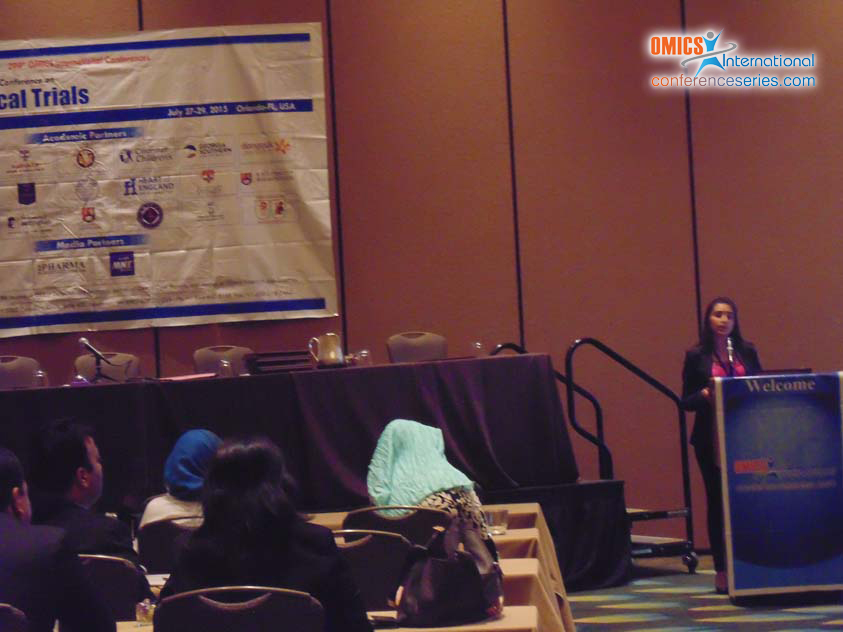
Anvita Karara
Carnegie Mellon University, USA
Title: Leveraging technology to optimize clinical study design process
Biography
Biography: Anvita Karara
Abstract
Having a clinical study design which optimizes patient enrollment, site selection and clinical trial budget is one of the biggest challenges for bio-pharmaceutical R&D industry. Since the first trials of legumes in biblical times to the first randomized controlled trial of Streptomycin in 1946, clinical study designs are always aimed to answer a specific scientific question. The increasing clinical trial cost and cycle time in the life science sector has indicated that just answering a specific scientific question is not enough. It is necessary for the clinical study design to focus on potential downstream trial execution activities, patient enrollment and to prevent costly protocol amendments. In order to address these issues we need to combine the clinical study designs process with technology and leverage data. The clinical design software solutions integrate real world patient, cost and investigator data to perform clinical modelling and simulations. The real world modelling produces “what-if scenarios†which helps in analyzing cycle time, cost and risk tradeoff in present and future. Based on the clinical performance data and their internal algorithms, these tools can perform “tiering†of country and investigator sites in alternatives such as best, average and least optimum. They also ensure precise linkages occur between objectives, endpoints and procedures in the protocol. Predictive analytics and real world modelling design tools would help the clinical development teams to take data driven informed decisions. These tools will optimize patient enrollment and site selection, prototype multiple scenarios, reduce protocol amendments and help mitigate risk in study development.



